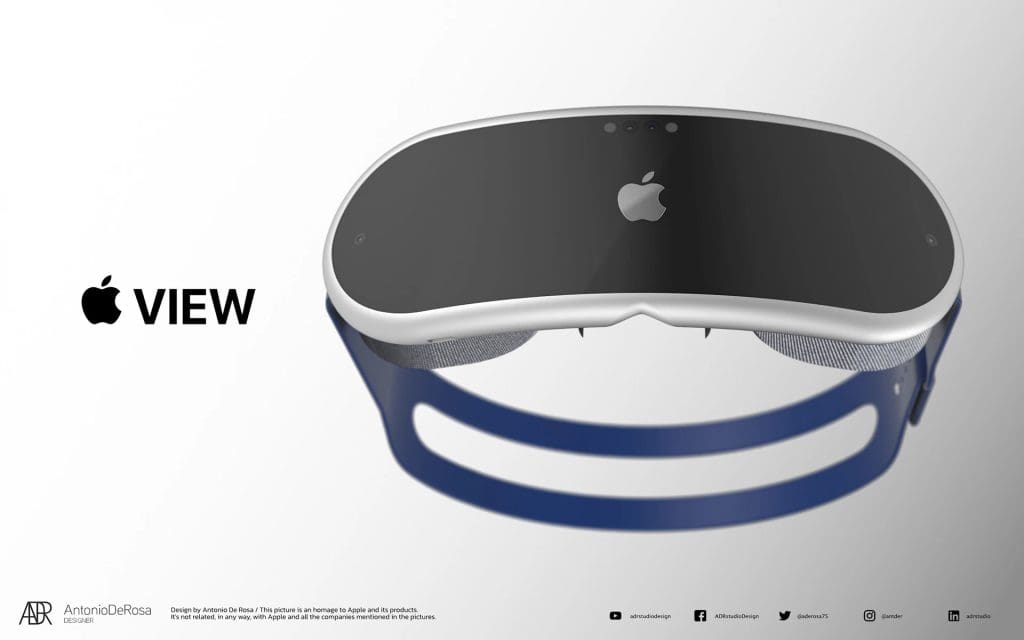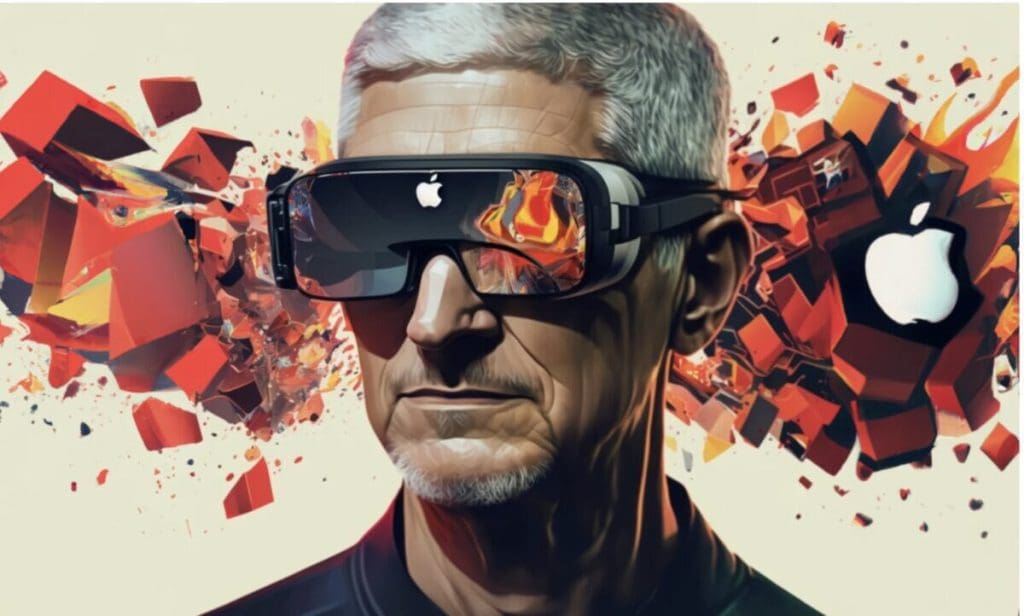Apple’s New Toy: According to Mark Gurman, the company is putting all its eggs in one basket. Will other devices be left behind?
According to Bloomberg’s Mark Gurman, Apple is preparing to launch its long-awaited mixed-reality headset. The company is planning to unveil the device before the Worldwide Developers Conference in June. It will begin shipping in the fall.
The headset is expected to cost up to $3,000. It will offer virtual reality (VR) and augmented reality (AR) experiences using Apple’s new xrOS operating system. Gurman claims that Apple has already demonstrated the Reality Pro-branded device to select developers. Developers can now start creating third-party apps for it.
Am I the only one who can’t really see a valuable use case of a VR headset? If Apple does release a $3k headset it would really need to do something spectacular besides online meetings and games.
— Jerry Schulze (@jerryschulze) January 4, 2023
Mark Gurman’s prediction supports recent claims by Apple analyst Ming-Chi Kuo. Kuo reported that the development of the mixed-reality headset has been delayed. The delay is due to issues with mechanical component drop testing and the lack of software development tools. He also said that it is more likely that Apple will announce the headset at a media event in the spring or WWDC.
Apple’s Reality Quest: Can they catch up to the Meta-Quest masters?

Recent reports have highlighted the potential features of the headset, such as iris scanning for logins and payments. It’ll also have a physical dial for switching between VR and AR. A report from The Information also suggested that the headset may have integration with AirPods Pro, enabling ultra-low-latency mode. Additionally, it may focus more on work than gaming, similar to the $1,499 Meta Quest Pro, and may not come with a gaming controller.
However, Gurman states that there are still many technical challenges to be resolved with the device’s hardware, software, and services. These challenges are slowing down other Apple projects. As a result, this year may see fewer new releases from Apple. It may also be the reason for the company’s failure to meet its goal of transitioning away from Intel-powered chips within two years.




















